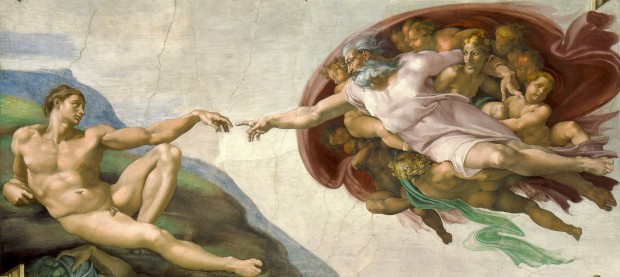Art for Art’s sake
In May issue of Magazine N, I covered the matter whether sculptures, architectures or ancient, murals that the ancients remain can be considered as ‘arts’ or not. The next question is, can the artworks after BC be defined as ‘arts’?
In her book Believing is seeing, Mary Staniszewski, Professor at Rensselaer Polytechnic University in the US, made an argument that the artworks such as Venus of Willendorf, Pyramids of Giza, Michelangelo’s The Creation of Adam, and J. A. Watteau’s Embarquement pour Cythère cannot be considered ‘art’. Meanwhile, she claimed that Pablo Picasso’s Les Demoiselles d’Avignon and Marcel Duchamp’s Fountain, Andy Warhol’s Mona Lisa can be considered art. She defines art as an invention of the ‘modern era’. There were big differences between the past and current institutions dealing with visual culture, and ‘art’, as we know it today, did not exist at that time. That is, art had a more functional use rather than aesthetic or recreational, and was permeated into people’s daily lives as such.
Then, how can we explain visual culture in our lives that Henryk Stazewski defined? Until modern era, Christianity and aristocracy were a part of daily lives in Europe. During this period, aristocrats enjoyed their privilege and status through ‘art’. Artworks were made by painters, architects, and sculptors in their honor and ecclesiastics or aristocrats commissioned their portraits. However, with the invention of photography and advent of modern art in 19th century, this elite culture declined rapidly. Numerous painters lost their position due to the increasing focus on photography, and the upper class lost their privilege with the rise of bourgeoisies, as they will be later termed as, and modern civil society.
Before 18th century, art was a religious and political tool for clergymen and rulers who could be sponsors or customers of artists. This is not much different from the current system of advertising and propaganda art. But the kind of systemization of visual culture which had lasted since the ancient era, was brought to a standstill in 19th century. Kim In-cheol Professor at Vision University of Jeonju | Summary by Choi Jung-ah


























































